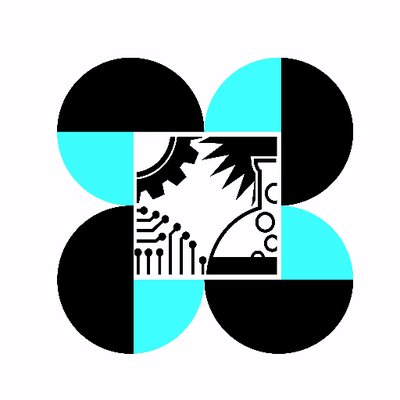

The issuance of the Water Quality Guidelines and General Effluent Standards of 2016 (DENR Administrative Order No. 2016 series 08) requires businesses engaged in water supply and distribution to meet the parameters specified in the guidelines. The usual three stages of treatment, including a sewage treatment facility, are no longer enough to lower pollutants according to the new standards. To fully comply with DAO 2016-08, the main challenge for Subicwater is the further reduction of the following pollutants: COD, BOD, heavy metals, ammonia, nitrates, and phosphates, from the effluents of their wastewater treatment facility.
There are several solutions to treat effluents and to reduce nitrates, phosphates, and ammonia in wastewater. However, reverse osmosis and other existing technologies are quite expensive for its initial outlay, upscaling and maintenance. Thus, this research aims to provide viable and reasonably cost-effective technology to treat effluents and capacitate Subicwater and other service providers to comply with DAO 2016-08.
Constructed wetlands or Reed Bed Technology has been available as an inexpensive treatment for wastewater treatment needing further reduction in nitrates and phosphates. The research study includes soil matrix selection to best sustain the growth of the vegetation and enhanced with grease and oil skimmer as effluents from the water treatment facility indicated the presence of oil and grease that may affect the growth of plants.
The synergistic effects of the Reed Bed system, the oil and grease remover, the vortex technology and all essential and critical elements involved (such as plants, soil, climate…) will be the focus of the study. Evaluation of water tests results will be done vis-a-vis the identified parameters to validate the remediation effectivity of the various technologies and how relevant those are to capacitate Subicwater and similar industries to comply with General Effluent Standards (GES) 2016.
To fully comply with DAO 2016-08, the main challenge for Subicwater is the further reduction of the following pollutants: COD, BOD, heavy metals, ammonia, nitrates, and phosphates, from the effluents of their wastewater treatment facility.
There are several solutions to treat effluents and to reduce nitrates, phosphates, and ammonia in wastewater. However, reverse osmosis and other existing technologies are quite expensive for its initial outlay, upscaling and maintenance. Thus, this research aims to provide viable and reasonably cost-effective technology to treat effluents and capacitate Subicwater and other service providers to comply with DAO 2016-08.
Constructed wetlands or Reed Bed Technology has been available as an inexpensive treatment for wastewater treatment needing further reduction in nitrates and phosphates. The research study includes soil matrix selection to best sustain the growth of the vegetation and enhanced with grease and oil skimmer as effluents from the water treatment facility indicated the presence of oil and grease that may affect the growth of plants.
The synergistic effects of the Reed Bed system, the oil and grease remover, the vortex technology and all essential and critical elements involved (such as plants, soil, climate…) will be the focus of the study. Evaluation of water tests results will be done vis-a-vis the identified parameters to validate the remediation effectivity of the various technologies and how relevant those are to capacitate Subicwater and similar industries to comply with General Effluent Standards (GES) 2016.

No Attachments Available